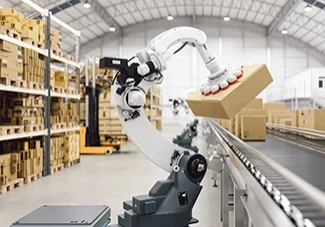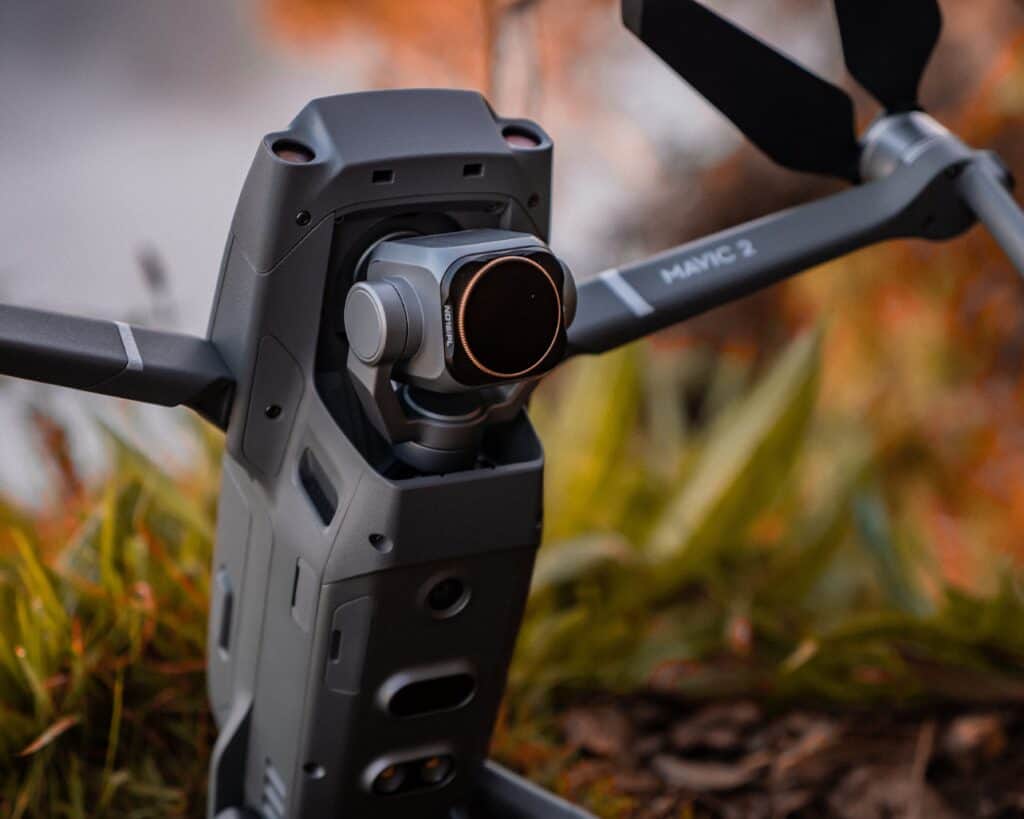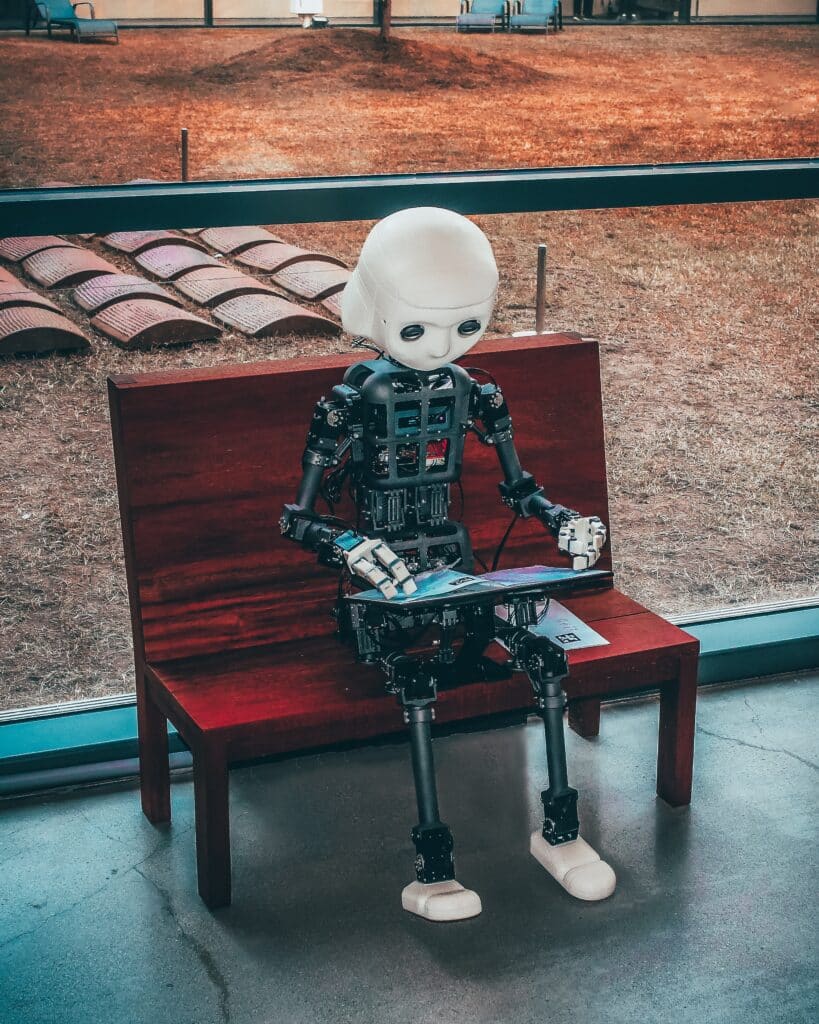How Advanced Robotics Technology Can Shape Our Future
Updated: June 19, 2024
Published: September 16, 2022

Robots have been around for a while and have made significant strides. Robots can do everything from helping us assemble cars faster to assisting us in our everyday lives. Now the question is: What are the next steps for robotics?

The answer lies in the field of advanced robotics. Advanced robotics is a sub-field that focuses on developing robots with more intelligence and autonomy than we have today. The goal here is to create machines that can think for themselves and make decisions based on their environment and surroundings—not just follow orders given by humans.
Advanced robotics is a burgeoning industry, and it’s expected to snowball over the next few years. According to the World Economic Forum report on the Future of Jobs, there could be as many as 58 million jobs created by AI and 133 million new roles created by robotics.
The field of advanced robotics is also very diverse: it encompasses everything from space exploration to medical research. Below, we’ll look at some of the most exciting developments in the industry and how advanced robotics can shape the future.
The Future of Robotics
In the field of robotics, there are few limits on where this technology can go and how you can use it. This technology continues to grow and expand with each passing year. As robotics advanced, it has been applied to many different industries—from manufacturing to healthcare—and has even helped solve previously thought impossible or impractical problems. Advances in artificial intelligence (AI) and machine vision are rapidly improving and will continue to influence the future of robotics for years to come.
Our ability to adapt to and use advanced robotics technology will ultimately determine our future. On the one hand, this means we must embrace change so we don’t get left behind by new technologies like AI or machine vision. However, on the other hand, this could also mean that we need some changes made within our society. Hence, everyone benefits from these advances without being left behind or pushed out of jobs due solely to their inability to keep up with technological changes.

The future of robotics is bright and will only get more optimistic. As these technologies advance and become more accessible, we will see them in more industries than ever. Automation has already changed many industries for the better (such as manufacturing), but many more could benefit from new technologies such as AI or machine vision.
As we move forward in our understanding of how to create machines that can think for themselves, interact with humans and make decisions based on their environment and the data they collect, we will continue to push the boundaries of what robots can do.
What Is the Current State of Robotics?
Robotics is a rapidly growing technology already having a significant impact on how we live and work. Robots work in many industries, from industrial manufacturing to healthcare and beyond. They’re also expanding into new areas like self-driving cars and assisting with space exploration missions.
Robotics technology itself is advancing at an incredible rate as well. New robots perform more complex tasks than ever before. At the same time, simpler versions have been developed for everyday use in homes or workplaces by people without advanced technical expertise (e.g., robotic vacuum cleaners). The result of this progress has been widespread interest in robotics among scientists, entrepreneurs, inventors, and investors alike: 2014 was named by TIME magazine as “The Year in Robot” after Google acquired seven robotics firms over two years!
The growing popularity of robotics is also a reflection of its value in society. As science fiction has long predicted, robots help to assist humans in their daily lives. One area where you can see how far this field has come is through its applications in healthcare: robotic surgery helps doctors perform surgeries faster with less risk of injury; exoskeletons help people walk again after strokes or spinal cord injuries; even robots explicitly designed for children help them develop motor skills early on!
The Effect of Robotics on Cyber Security Jobs
Robotics is also making waves in the cyber security industry. As technology becomes increasingly complex, hackers have more and more opportunities to take advantage of vulnerabilities within it. In fact, according to a recent study by IBM Security, the risk of cyber attacks is increasing over time. Fortune Business Insights estimates that the global security market will reach $366.1 billion by 2028.
This means that there will be a lot of demand for people who can fight hackers and protect data. As robotics become more sophisticated, experts need to have security in mind as they make their designs. After all, robots are essentially computers on legs or wheels—they contain many of the same types of software vulnerabilities as our laptops and smartphones.
So, if you’re looking for a career in cybersecurity, there are many potential paths you can take. You could become a security engineer or developer and work on making systems more secure. Or, if you’re interested in working directly with clients to protect them from cybercrime, there are plenty of opportunities to do this.
How Robots in the Future Will Make Our Lives Easier?
Robots are already improving our lives by performing complex, dangerous or monotonous tasks. But in the future, they’ll help us do even more—from taking care of our health to giving us a new perspective on life. They’ll be everywhere, from hospitals and hotels to homes and workplaces. The development of robots has been rapid in recent years, with new models coming into the market each year that can perform increasingly complex tasks.
The technology that powers robots are also becoming more advanced and sophisticated, making them more useful for various tasks. And as the cost of producing robots continues to fall, they’ll become more accessible to businesses and consumers.
Technology has the potential to change family dynamics as well as the workplace.
Other predicted benefits include:
- Creating a safer workplace environment through automation of dangerous tasks such as cleaning up hazardous materials, performing tasks that could lead to human injury (e.g., repetitive movements), and placing humans in harm’s way (e.g., bomb disposal)
- Helping make innovation more affordable by lowering production costs like the cost of labor. This will allow businesses to create more products and services, which could create more jobs.
- Increasing efficiency through automating repetitive tasks such as data analysis, customer service, and other tasks that require human intervention. This will free up humans for more creative or strategic work.
- Enabling businesses to adapt to changing customer demands and needs is especially important in industries like retail. When consumers change their buying habits, businesses need to be able to respond quickly. This is especially challenging for companies that rely on human labor because it takes time to hire and train new employees.
- Reducing waste and improving resource efficiency by reducing unnecessary movement and using materials better. For example, self-driving cars could reduce the number of vehicles on the road. This would lead to less fuel demand, which would mean less pollution and lower emissions.
- Helping improve quality control and product consistency by removing the human element in tasks that require precision and consistency. For example, self-driving cars could eliminate human error when people are behind the wheel. This would lead to safer roads and better driving conditions for everyone.
What You Need to Know About the Future of Robotics Technology
Robots are here to stay and will continue to change how we live and work. However, If you’re like many of us, having robots take over your job might make you nervous. While it’s true that robots will likely replace some jobs in the future, they could also create many new ones.
It’s important to remember that technology has always resulted in job loss and creation. Robots will do the same but in a different way. They will not just replace workers but also create new opportunities for those working with them.
With Industry 5.0 on the horizon and championing a human-centric approach to the future of work, we can look forward to a new era of productivity and innovation. The key to unlocking the opportunities and challenges presented by Industry 4.0 is a collaboration between humans, robots, and data.
It’s time for a new approach to manufacturing that brings people back into the equation. The future is bright if you’re willing to learn new skills and become a part of this emerging industry. And while it’s impossible to predict what will happen in the future, there are some things we can be sure of: Although work automation will take place, humans will remain essential in the workplace.
Conclusion
With the rapid growth of technology, robotics is becoming more popular for young people. Robotics is still a young discipline, and there are many possibilities for how it can shape our future. As you learn about this exciting science, we invite you to consider taking one of our programs at the University of the People.
Our programs will prepare you for a career in this field and help you gain the skills necessary to succeed in a competitive job market. Our programs are designed for students from around the world, regardless of nationality or financial situation. Contact us today to learn how you can enroll in one of our computer-related programs at the University of the People.
Our programs will prepare you for a career in this field and help you gain the skills necessary to succeed in a competitive job market.
